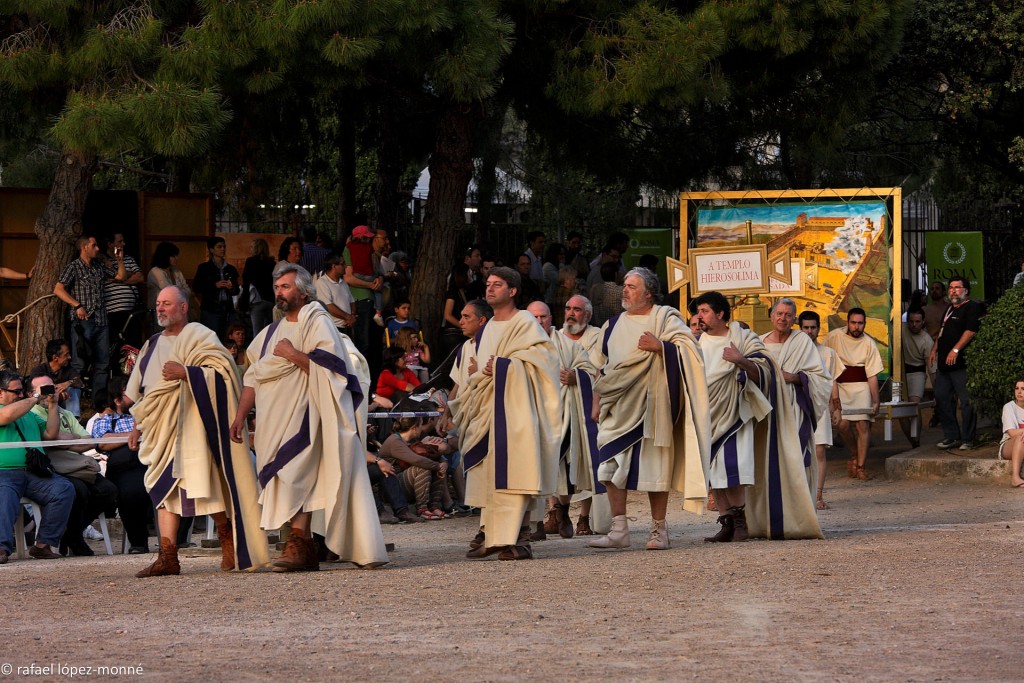
We are set in the Rome of the 70dc, which is bursting with excitement by the news coming from the overseas. Titus Flavius Vespasian, the Emperor Vespasian’s son, has beaten, after seven years of war, the so-called revolt of the Jews. After this triumph, he devastates and plunders the second temple of Jerusalem, and in its place he installs the Legio X Fretensis headquarters. There is honour and money for the needing coffers of the Empire’s capital. With their work done, the accomplishment and the highest honours, Titus Flavius sails from Alexandria to Rome where his father prepares a godly welcome.
Those of you who will be in Tarragona’s amphitheatre on Friday the 5th or Saturday the 6th of August will be able to enjoy a live show related to the historical re-enactment of ‘A Triumph in Rome: The celebration of a military victory‘ which is going to be starred by local groups as Projecte Phoenix, Nemesis Arq and Thaleia accompanied by the principal research music group, the Italian Ludi Scaenici. ‘A triumph in Rome‘ is the main novelty and the highlight of this edition of Tarragona Living History.
But what was the Triumph about? The Triumph was the solemn arrival of a victorious general in Rome, who wanted the country to reward their efforts, recognize and prize their achievements. It is itself a religious festival, an official act of thanksgiving to the Maximum Optimal Jupiter winner, the patron of the city.
However, the survival of this triumph is still alive in our culture. Isn’t Barça’s parade a triumph, when it wins the Champions League? Even the popular procession of Santa Tecla’s festivities is an evolution of the Roman triumph.
Did you know that there is a documented list of triumphs, from the archaic age until the 19 BC?. This list, called fasti Triumphalis, was exposed to the travellers on one of the walls of the region (Maximum Pontiff’s home). The list is still being preserved today in the current Palace of the Conservatives at the Capitoline Museums of Rome.
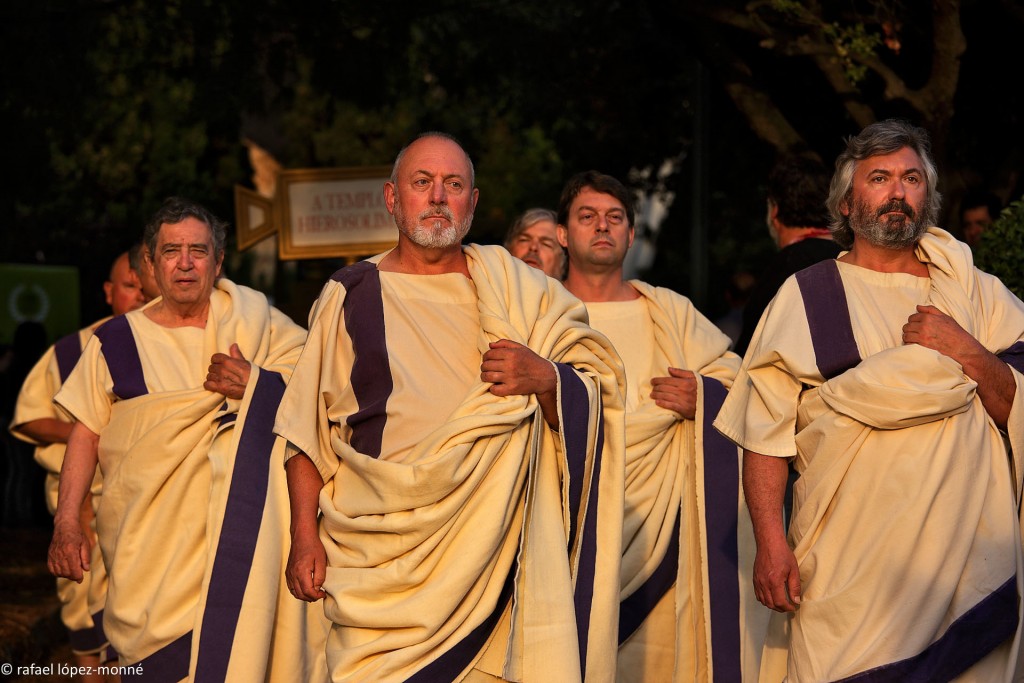
The triumphal parade (the pump):
What was it like, the triumphal pomp? Did it follow any guidelines at all?
On the day agreed by the Senate or the Emperor, the victorious general, who had been waiting (sometimes for months) at Campus Martius with his army, entered Rome which had been embellished with all the traditional ceremony’s elements. The parade began entering Rome by the so-called Triumphalis door, the position of which is unknown, but that would probably be the oldest door in the city. Then the procession continued to the Circus Flaminius, Boari Forum, the Circus Maximus, the Via Sacra, crossing the Roman Forum and ended up at the Capitol in front of the temple of Jupiter.
Every single spot in the city: the streets and squares, were decorated with garlands, the temples were open and all the platforms raised towards the sky, clambered by columns of incense.
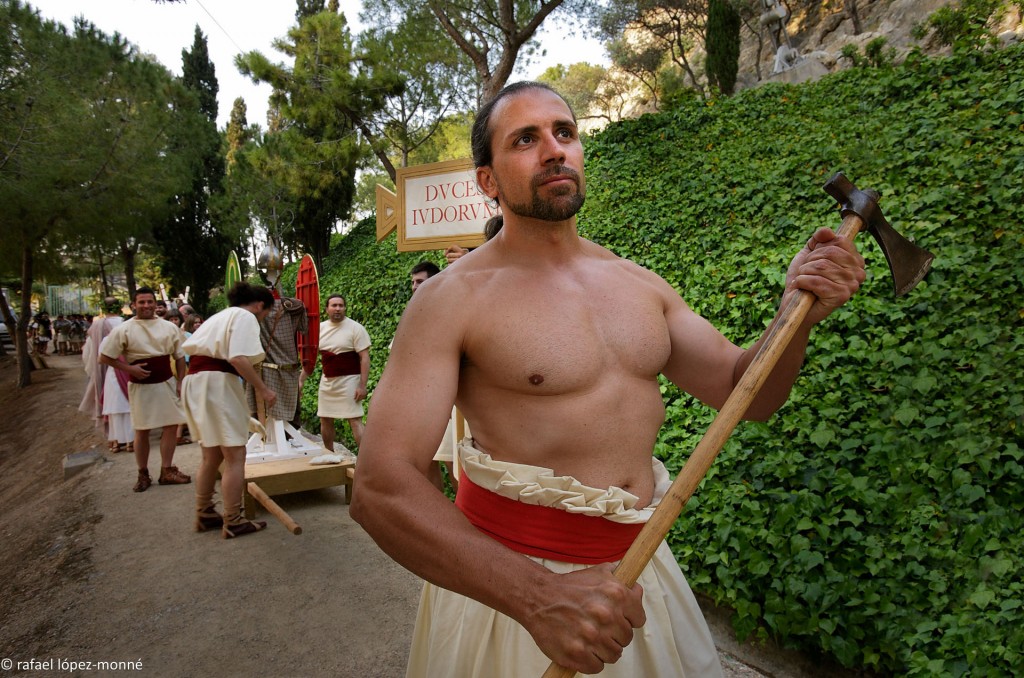
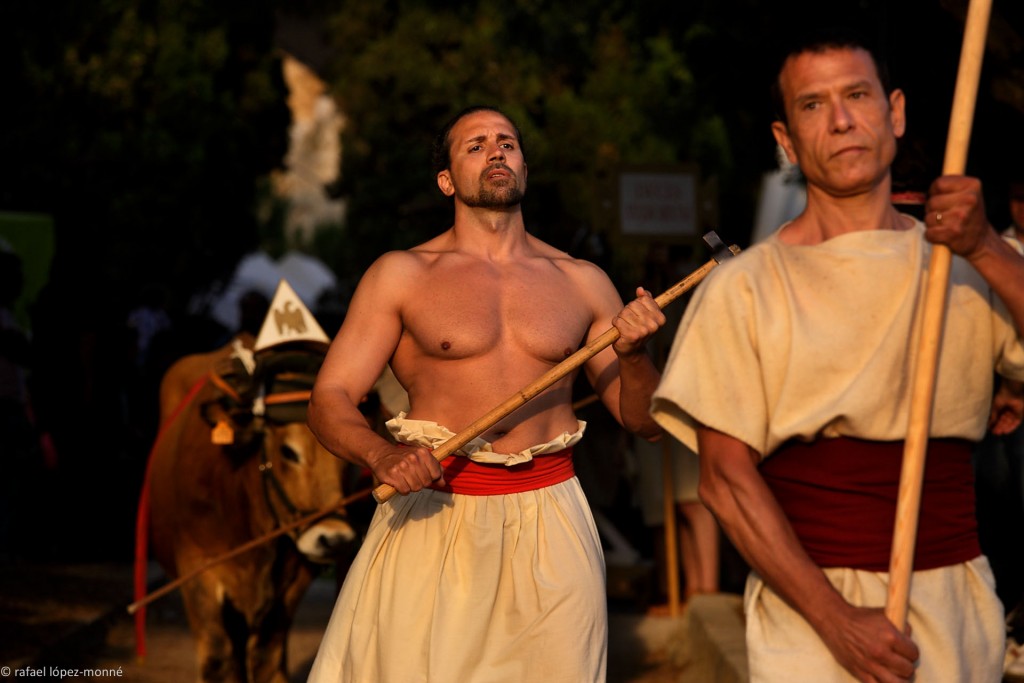
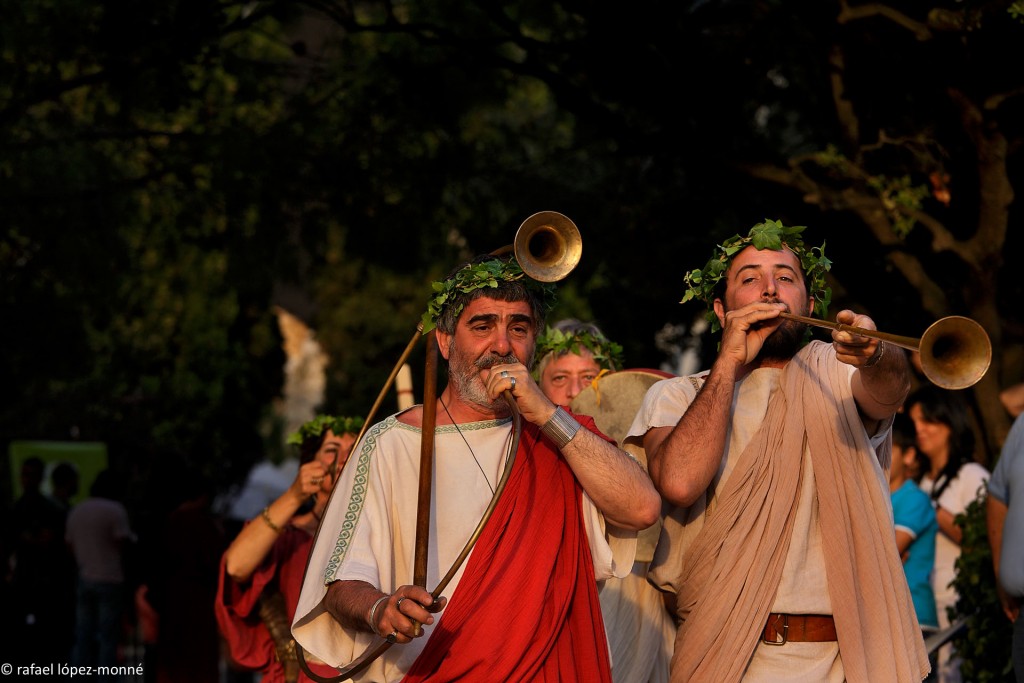
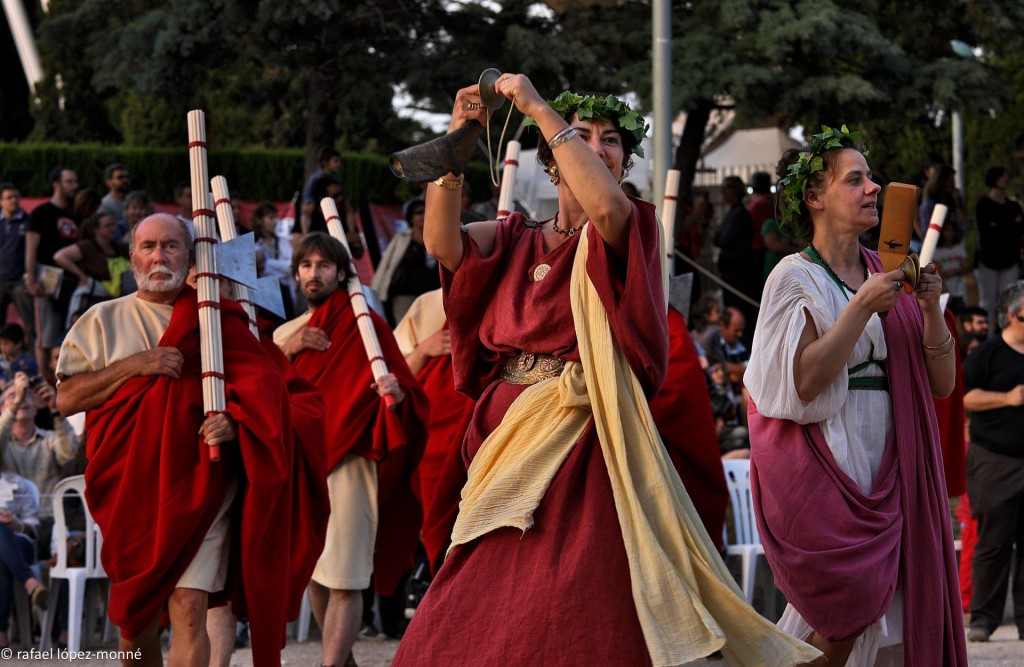
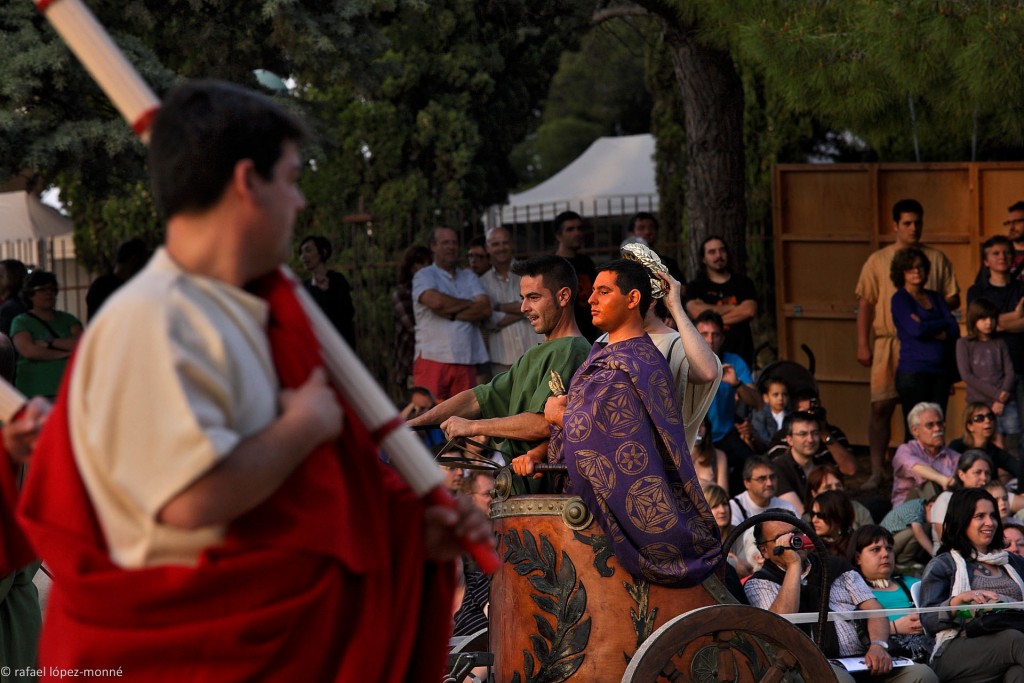
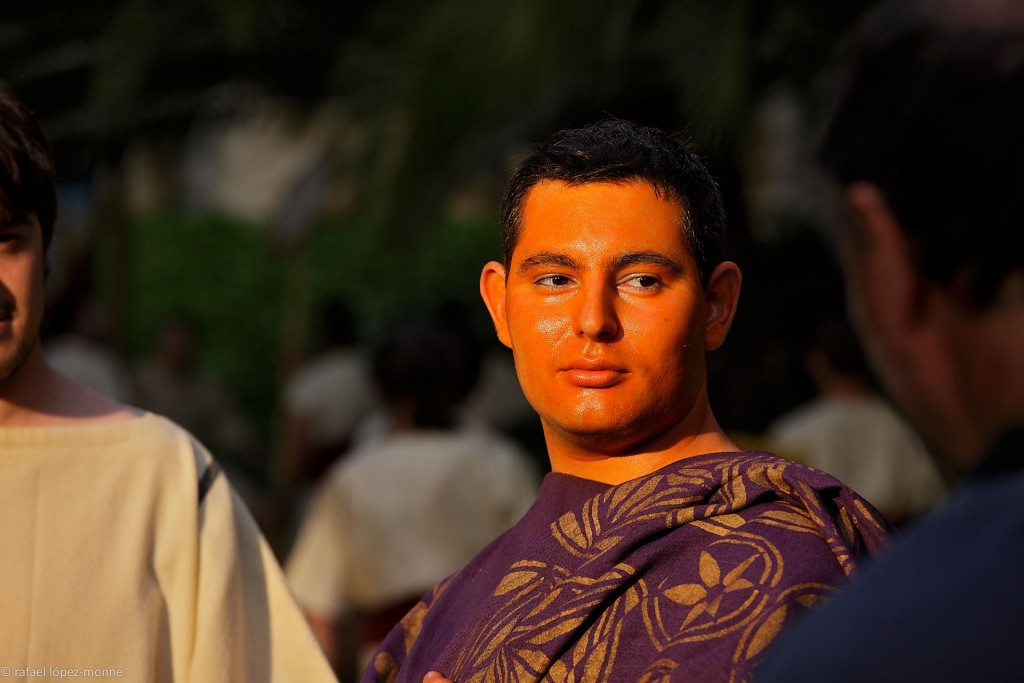
The Delegation was headed by many senators and judges who were representing the Senate and Rome’s inhabitants, who thus followed a band of trumpets. Then, there came the wagons –carrying spoils and the booty taken from the enemy–. This demonstration of strength and power was accompanied by banners with a list of the cities and territories which had been conquered, followed by wreaths bearers and gold bidders offered to kings and peoples allies.
The following Command in the parade were the bulls and animals which had to be slaughtered. Bulls should be white or with a white spot on their heads. They wore golden horns and a triangle representing an eagle, the Jupiter’s symbol. And, after the animals, there were the enemy leaders and other prisoners who, once arrived at the Capitol, were executed the first ones, and sold as slaves the second ones.
Then there came the lictors with the fasces, the vase bearers, some ‘pebeters’ with their perfumes, and musicians, who preceded the car of the winner –drawn by four white horses–. This one was dressed up in palmate tunic (a purple tunic with golden palm patterns) and the toga picta (a golden geometric gown with stars). On their heads, they wore a laurel wreath (the symbol of Mars) on their left hands, they carried a branch of laurel, and on their right hands a sceptre with an eagle, the symbol of Jupiter. Their faces and hands were painted orange, after the colour of the original terracotta statue of Jupiter and the immortal’s colour. All this was known as the ‘’ornatus jovis’’ or as the ‘’ornatus triumpahlis’’; and once the pump was returned to the temple of Jupiter, it was safely kept.
The soldiers closed the pump with its distinctive decorations and laurel wreaths on their heads. The legionnaires went on shouting: Io triumphe! (Here the victory!).
Once the pump was over at the Capitol, the victor sacrificed the victims (bulls) and then a banquet was offered to their guests, one for the senators and magistrates, and another for their soldiers, friends and the inhabitants in general. While the festival initially lasted one day, to increase the spoils of the war, the victor could extend general celebrations.
The victory that will be recreated on the 5th and the 6th of August at Tarragona’s amphitheatre does not refer to anything in particular, although a large part has been taken from the Arc de Triomphe –built in honour to the emperor Titus for his victory over the Jews and the texts of Flavi Josep (“The Jews’ war”)–. Will you dare to miss it?
PROGRAM OF TARRAGONA HISTÒRIA VIVA
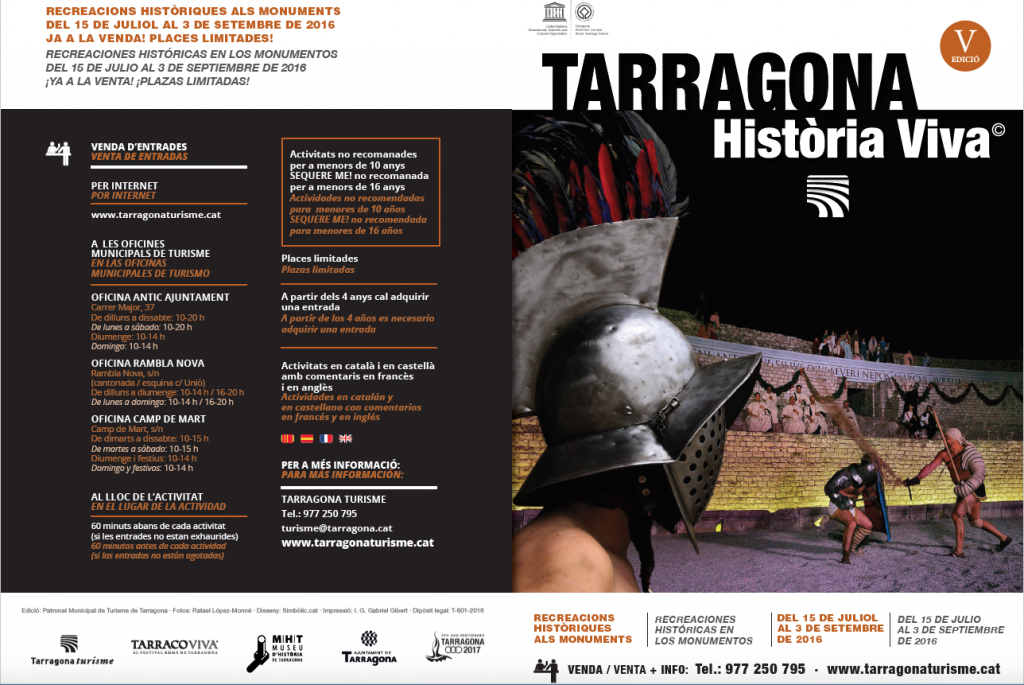
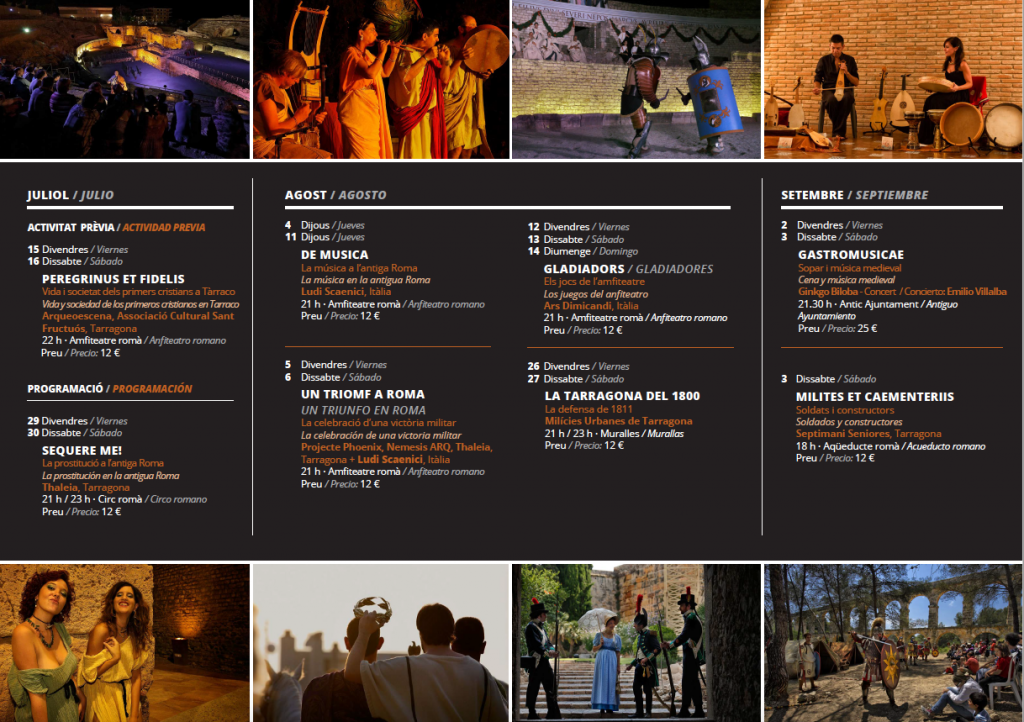
Text: Ivan Rodon (@irodon on Twitter)
Photography: Rafael López-Monné (@lopezmonne on Twitter)



